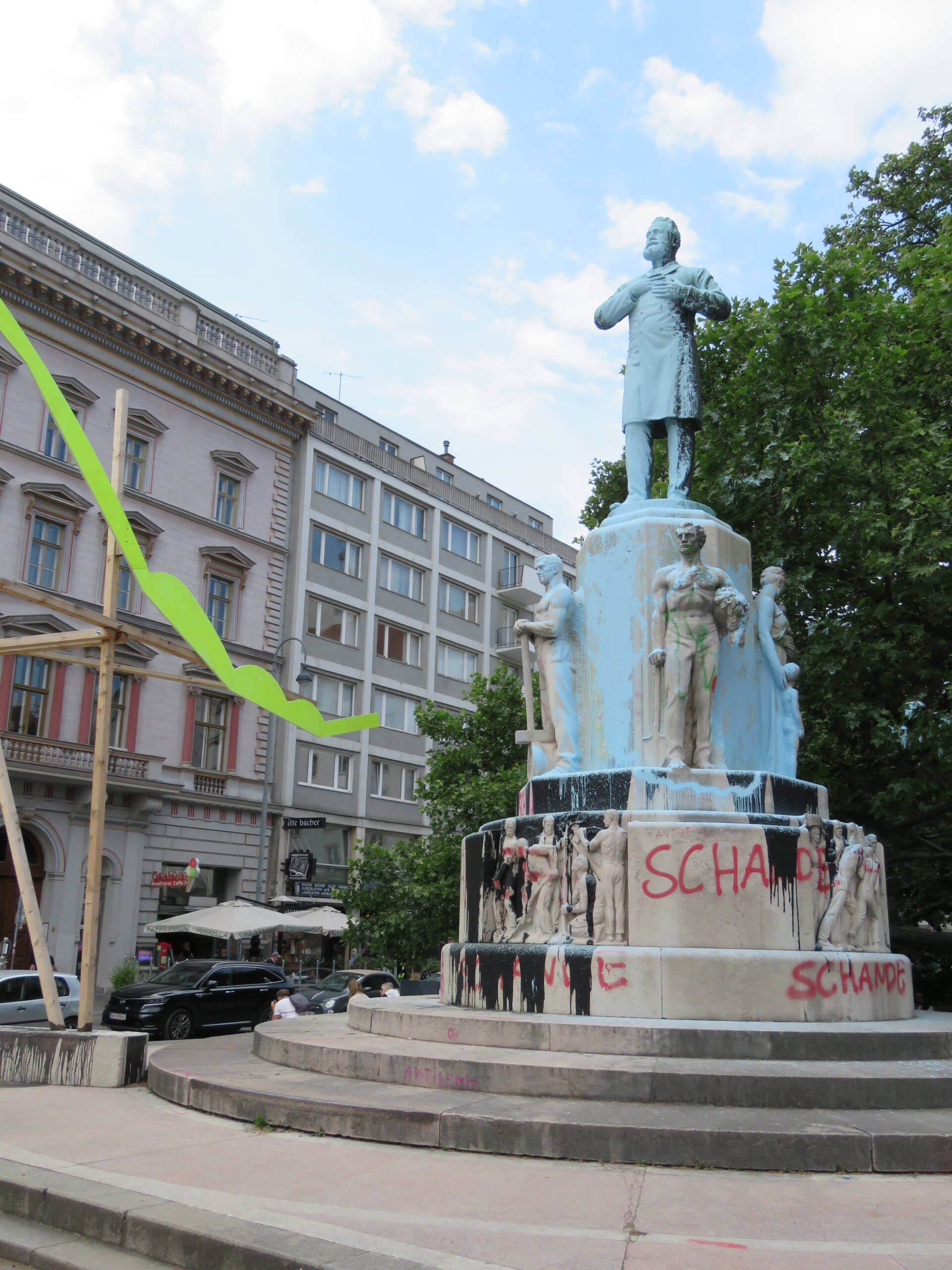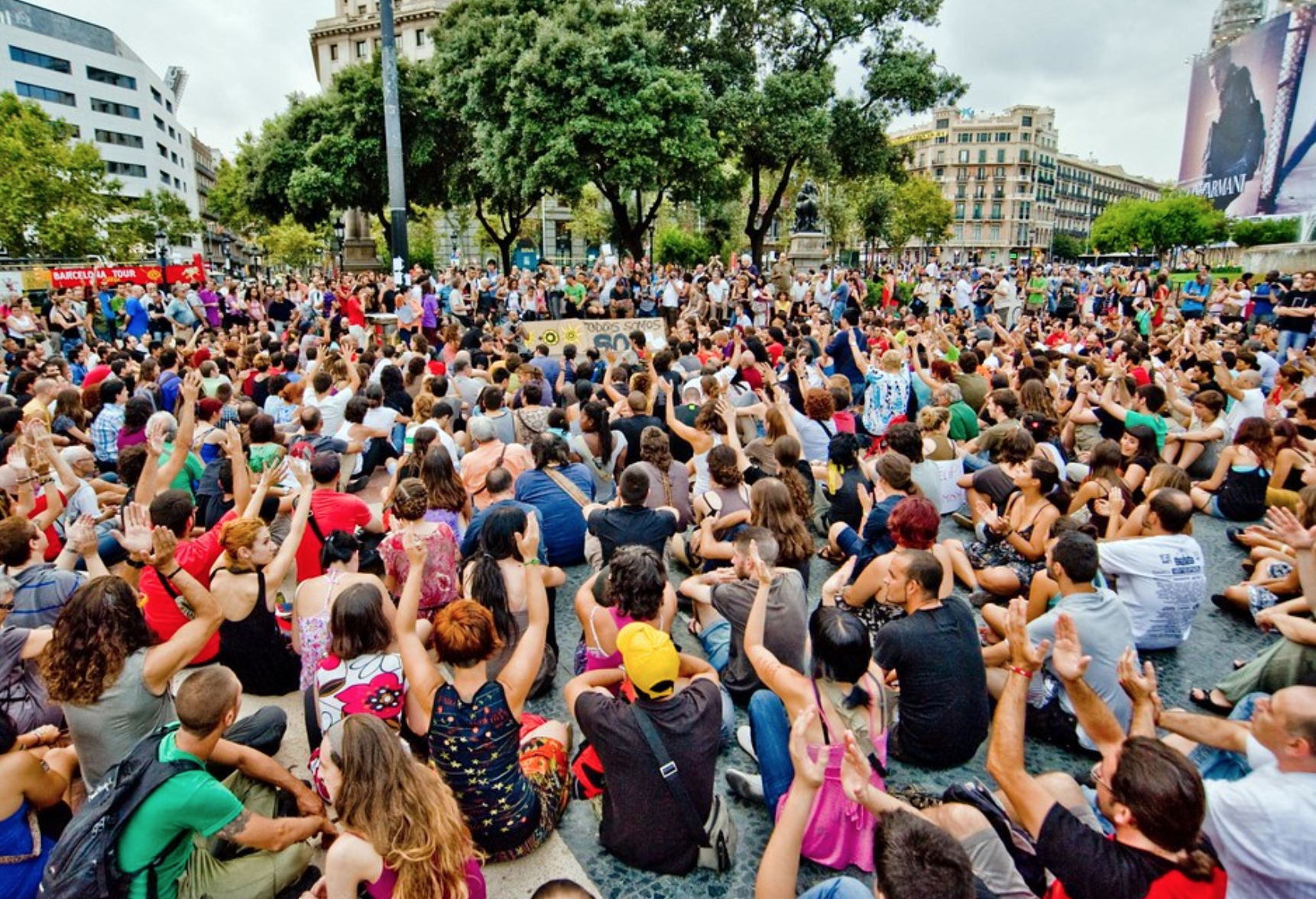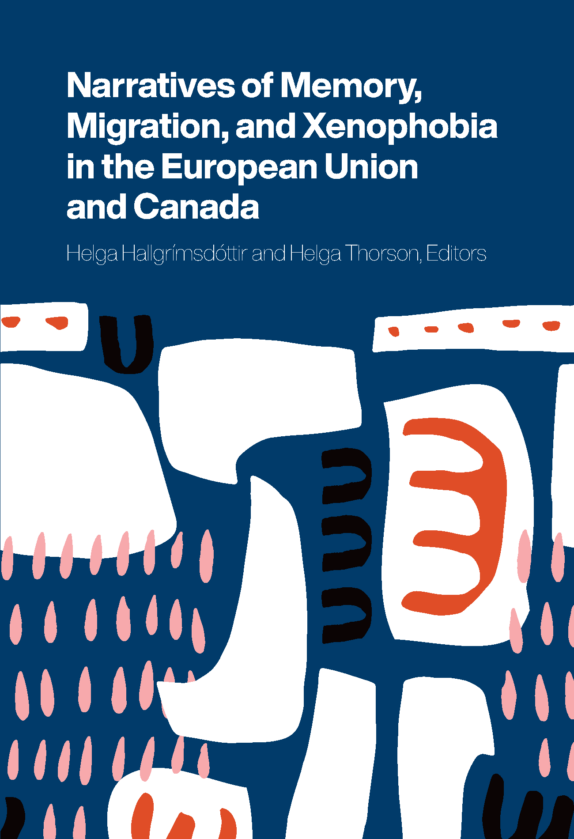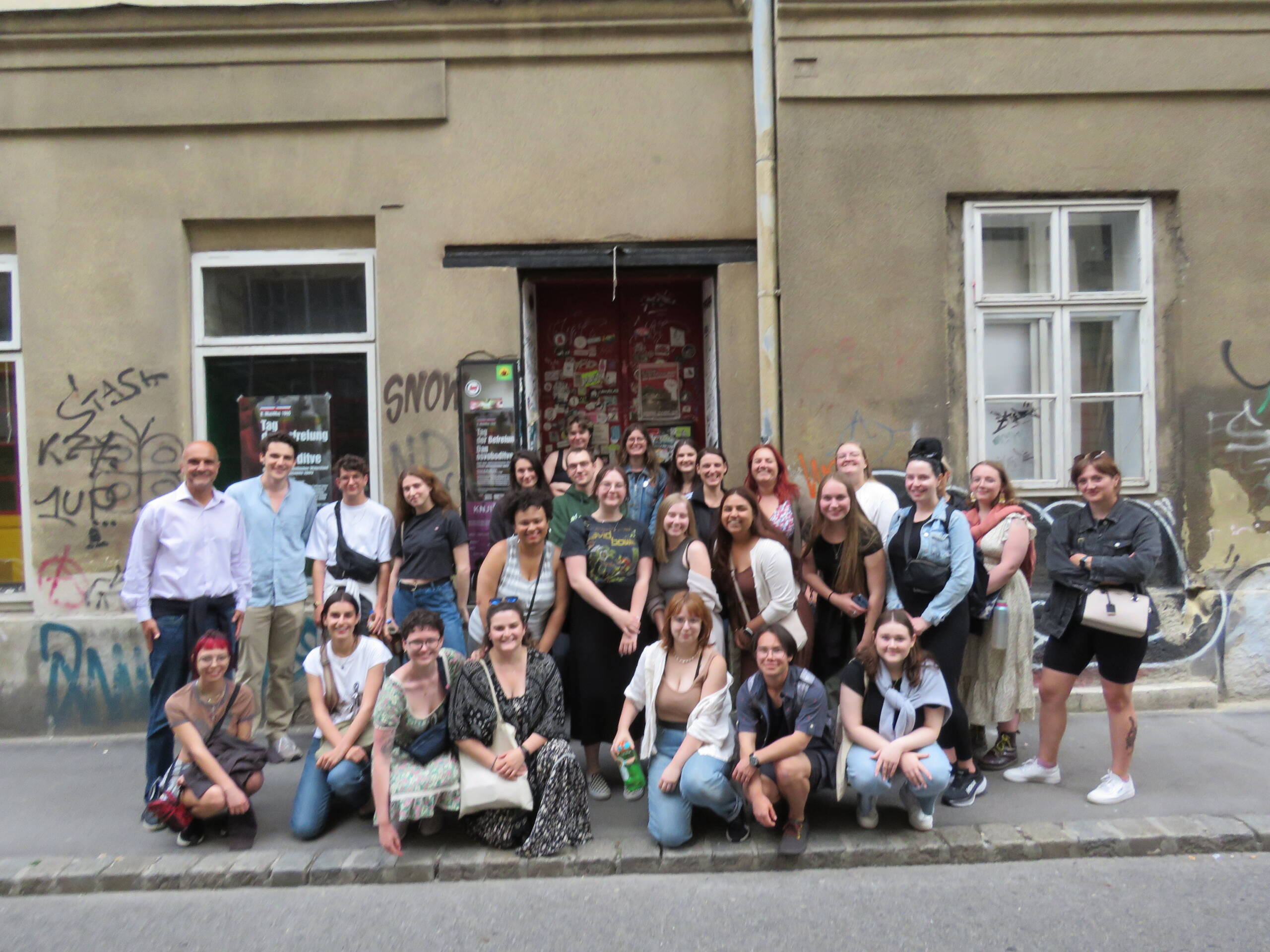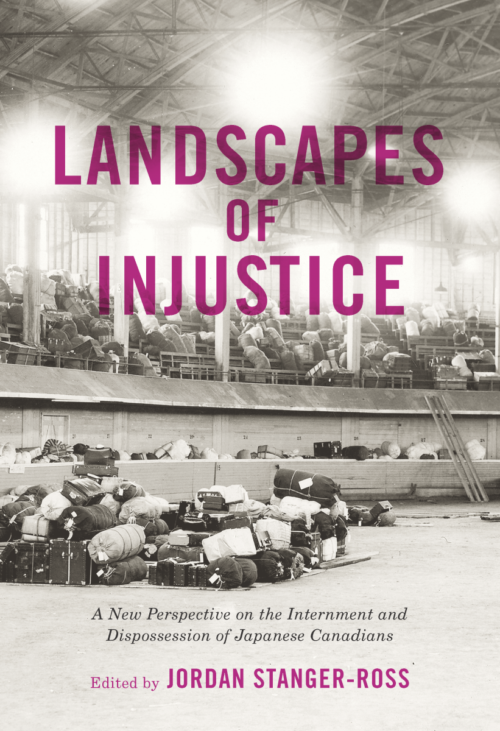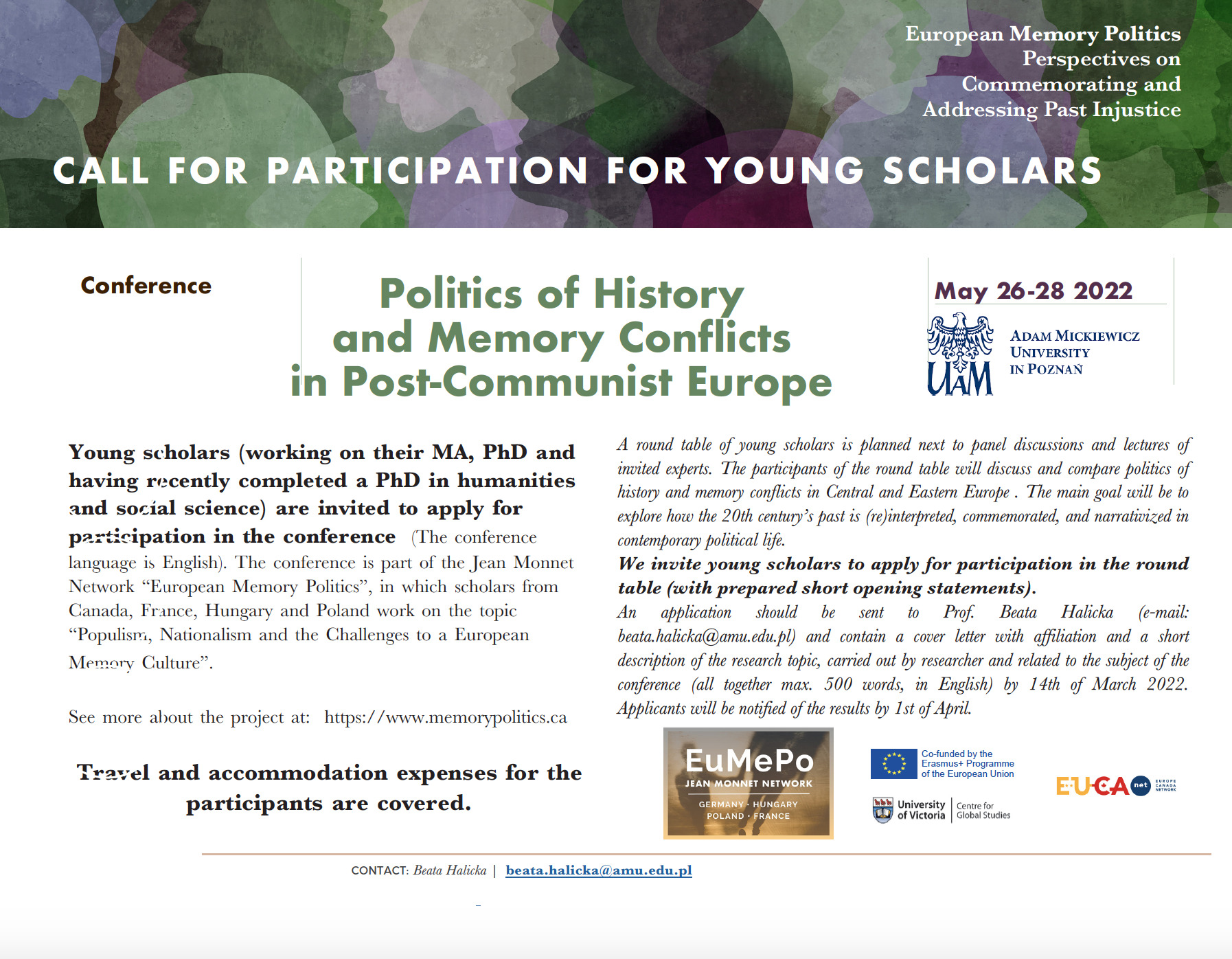Graffiti as an example of public memory politics
In Vienna, there is a statue of one of the city’s mayors. During the Study Tour in European Memory Politics, our group of students from the University of Victoria went to view this statue, the 10-foot-tall bronze statue was covered in blue paint, and giant, red, spray painted letters spelling out “SCHANDE” circled the monuments base. Smaller writings included words such as “Nazi”,“f- fascism”, and “anti-Semite”.
The statue in question is of Karl Lueger, located in Karl Lueger square. He served as mayor in the late 19th century and is credited with transforming the city of Vienna, building infrastructure and modernizing the city. He was also a notorious anti-Semite, and his style of politics and anti-Semitism supposedly served as inspiration for Hitler and the Nazi party. As a result of this contentious history, there has been a more than ten-year long debate on how to address Lueger’s past and deal with this particular statue. Despite his anti-Semitism, he still nonetheless played an important role in Vienna’s development. After much debate, it was decided that the statue would be tilted 3.5 degrees, the absolute minimum amount for viewers to notice something is visually off, which is intended to annoy them.
Shortly after this change was announced, the statue was heavily vandalized, being covered with light blue paint (which is, perhaps not so coincidentally, the colour of Austria’s conservative party). The word “SCHANDE”, which means “shame” in German, appeared on the base. This act of vandalism can be looked at as an act of protest, and an example of public memory politics. The graffiti that now covers the statue is a visual representation of people’s sentiments towards Lueger and his anti-Semitic views. It seems that some do not find the compromise of the statue’s tilting to be an adequate critique of Lueger, hence the vandalism.
While in Vienna, I had the chance to speak with one of the members of the committee responsible for deciding what should be done to the statue, which provided me with some insight on the decision-making process behind the planned 3.5-degree tilt of the statue. It was important to them that Lueger not be removed from Vienna’s narrative of history, but still critiqued, hence the decision. However, I was also informed that it seems to be that the majority of graffiti would be left on the statue, aside from some damaging black paint. The graffiti, I was told, had become layers of history. The blue was not the first paint splashed, apparently. Previously the statue had been covered with pink paint and other negative graffiti as well. To recognize these acts of vandalism as part of history, as a reflection of how the public might themselves remember Lueger, was a fascinating strategy to me. In my personal opinion, I think leaving the graffiti will draw greater intrigue and conversation about this statue and Lueger’s legacy than simply the tilt, as noticeable vandalism on a public monument of this scale is definitely eye-catching. The changes to the statue have yet to happen though, so we will have to wait and see what reactions come once this change has been implemented.
Maia Vasko is a third year student attending the University of Victoria. She is double majoring in History and Pacific and Asian studies and especially interested in broadening her knowledge of contemporary European memory politics during the Study Tour in European Memory Politics.
